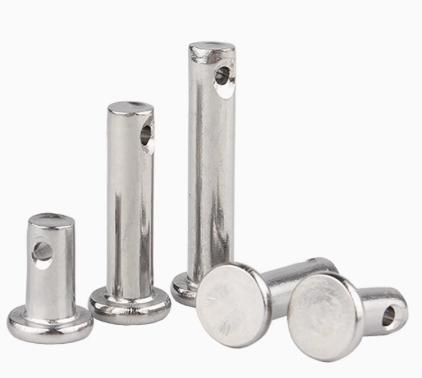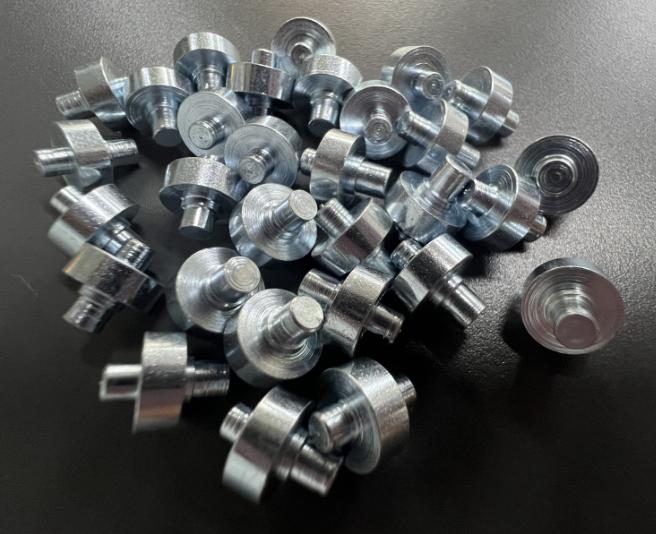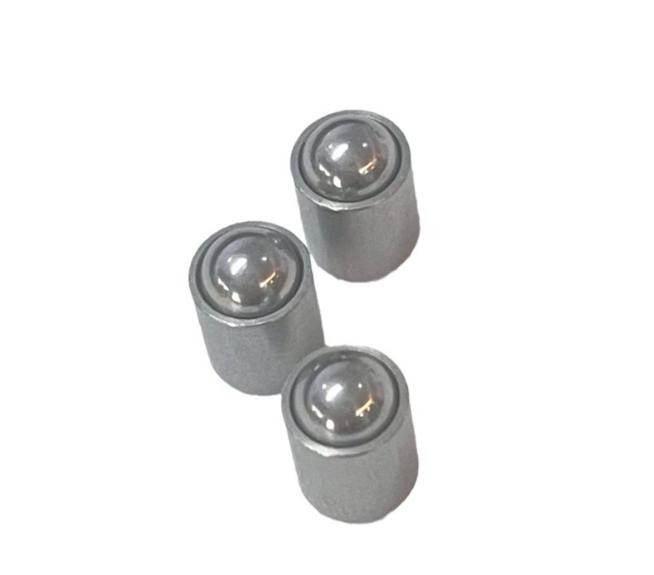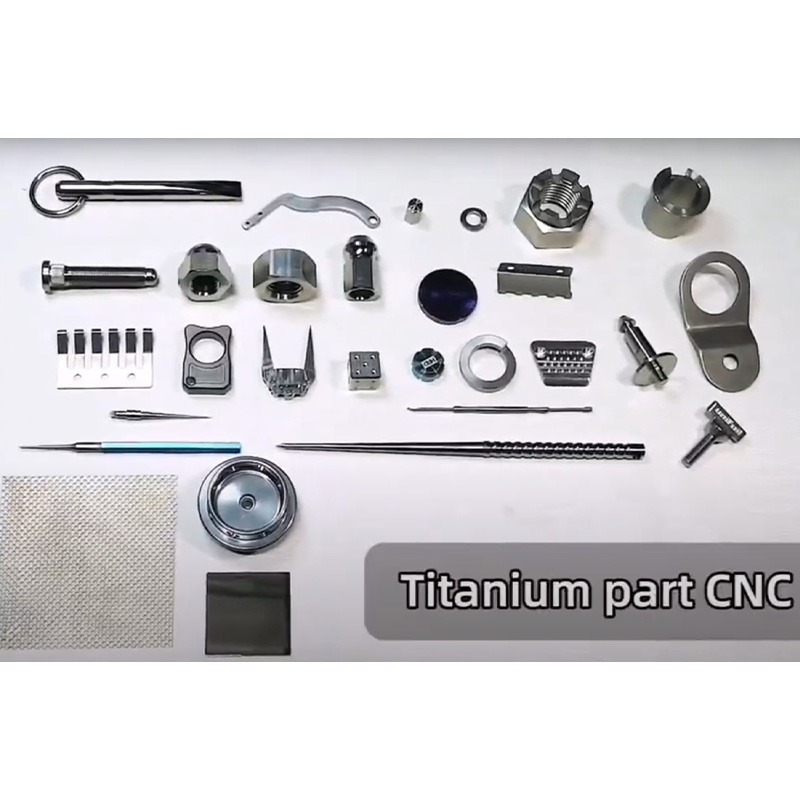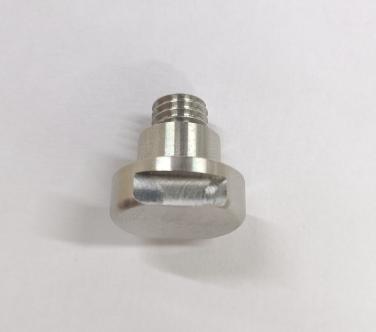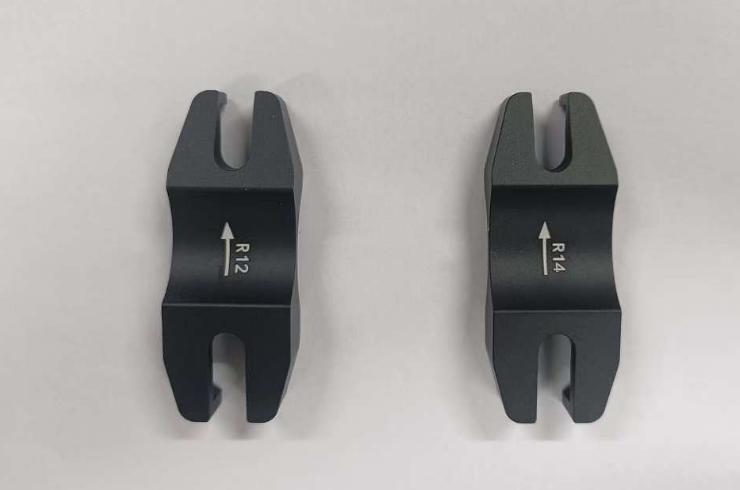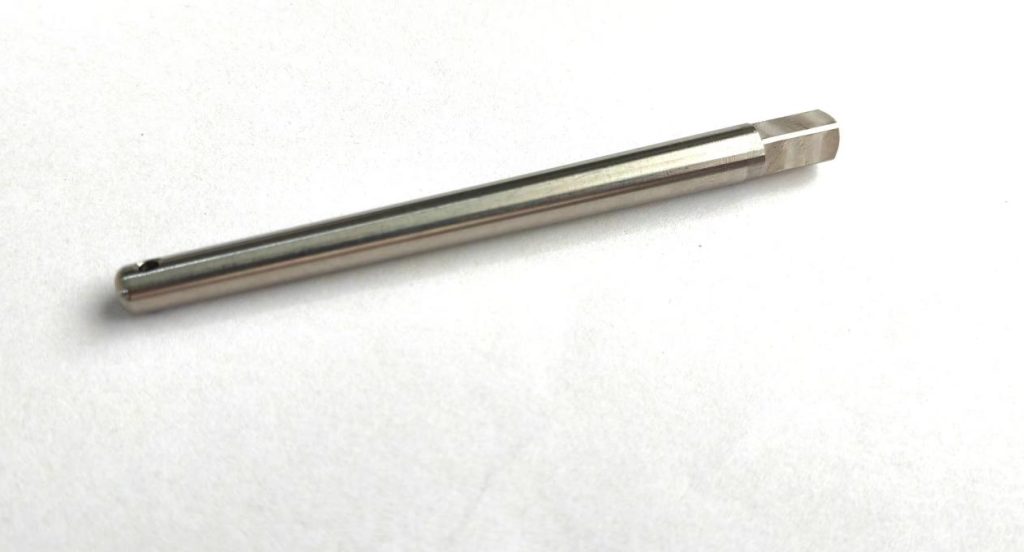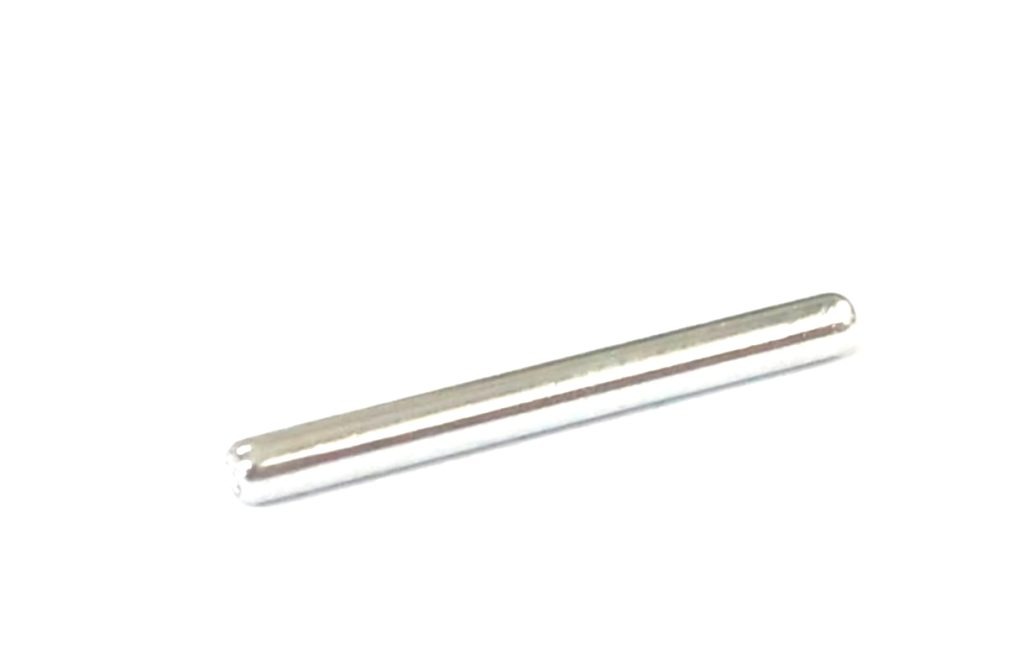The Difference Between Plastic CNC Machining and Metal CNC Machining
CNC machining, an intricate process pivotal in manufacturing, plays a significant role in transforming raw materials into precision-engineered components. Amid the vast landscape of CNC machining, two distinct realms emerge—plastic CNC machining and metal CNC machining. Understanding the subtle yet crucial differences between these two processes is paramount for engineers, manufacturers, and designers. In this article, we delve into the intricacies of plastic and metal CNC machining, exploring their unique characteristics, challenges, and applications.
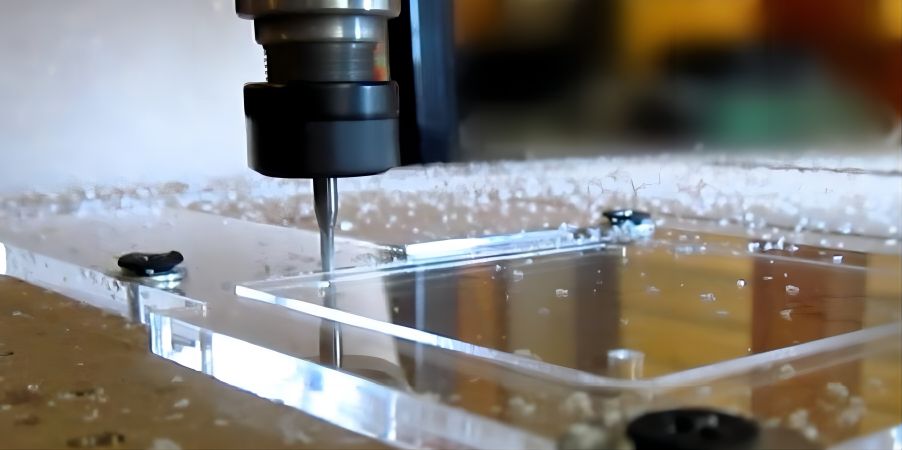
What is Plastic CNC Machining?
Plastic materials are ubiquitous in manufacturing, finding applications in industries ranging from healthcare to consumer electronics. When it comes to CNC machining, plastics present a set of characteristics that demand careful consideration. Various types of plastics, such as ABS, acrylic, and polyethylene, are commonly employed in CNC machining, each with its specific properties.
The inherent softness and lower melting points of plastics pose challenges in machining. Unlike metals, plastics are prone to deformation and melting under high temperatures. Tooling requirements become critical in plastic CNC machining, necessitating specialized cutters designed to mitigate the risks of deformation and material adhesion.
Moreover, achieving the desired surface finish and dimensional stability in plastic CNC machining requires meticulous attention. The softer nature of plastics makes them susceptible to scratches and imperfections during machining, demanding precision in toolpath planning and tool selection.
What is Metal CNC Machining?
In contrast, metals exhibit distinct properties that present a different set of challenges and considerations in CNC machining. Metals like aluminum, stainless steel, and titanium are commonly machined for their robust mechanical properties. The hardness and abrasiveness of metals make them resistant to traditional machining techniques and require specialized tools for efficient material removal.
Heat generation during metal CNC machining is a critical factor to manage. Unlike plastics, metals conduct and retain heat more effectively, impacting both the tool life and the integrity of the machined components. Tool wear becomes a significant concern, necessitating advanced coatings and tool materials to withstand the abrasive nature of metal machining.
Furthermore, thermal conductivity influences material removal rates, affecting the overall efficiency of the machining process. Engineers must carefully balance cutting speeds and feeds to optimize productivity while avoiding detrimental effects on tool life and workpiece quality.
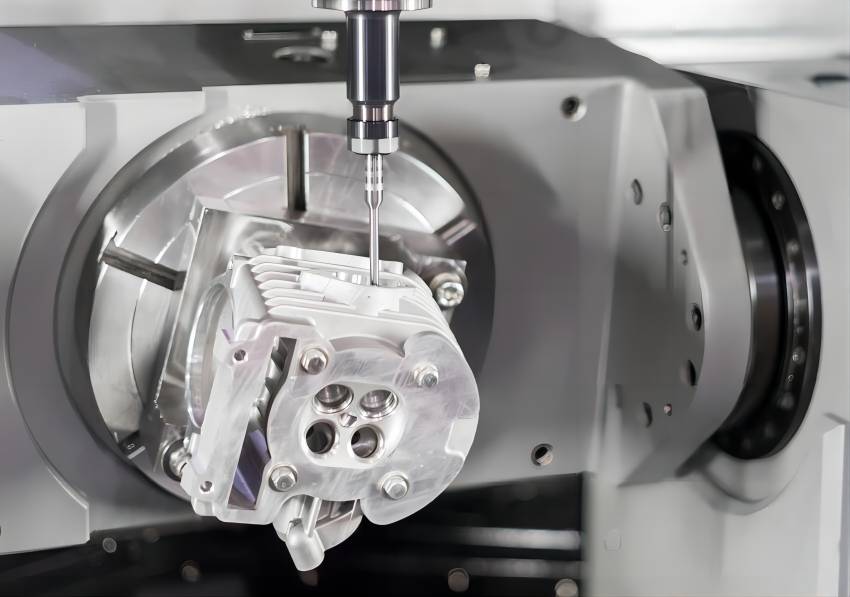
Differences Between Plastic and Metal CNC Machining
The differences between plastic and metal CNC machining extend far beyond the realm of material properties, impacting the very fabric of the process itself. From the tools that bite into the material to the rates at which they cut, these disparities demand a nuanced understanding for successful fabrication.
| Feature | Plastic CNC Machining | Metal CNC Machining |
| Tooling | Carbide or High-Speed Steel: These materials provide excellent wear resistance and heat tolerance, suitable for the softer nature of plastics. Optimized Geometries: Special flute angles and rake angles minimize chip build-up and reduce cutting forces, contributing to a smooth finish. Limited Coatings: Coatings like titanium nitride are less common due to lower wear rates and potential contamination concerns. | High-Performance Carbide or Ceramic: These materials offer exceptional hardness and strength, crucial for tackling the abrasiveness of metals. Advanced Coatings: Titanium nitride, diamond-like carbon, and other coatings enhance tool life, wear resistance, and heat dissipation. Specialized Geometries: Stronger geometries, like positive rake angles and high helix angles, facilitate higher cutting speeds and chip evacuation. |
| Speeds & Feeds | Cutting Speeds: Lower cutting speeds (typically 50-200 m/min) are employed to prevent melting and maintain material integrity. Feed Rates: Conservative feed rates (0.1-0.5 mm/rev) are used to minimize chip thickness and heat generation. Depth of Cut: Shallow depths of cut (0.5-1.0 mm) are preferred to avoid excessive chip load and tool deflection. | Cutting Speeds: Higher cutting speeds (up to 500 m/min or more) can be employed due to the higher thermal capacity of metals. Feed Rates: Moderate to high feed rates (0.2-1.0 mm/rev) can be used to optimize material removal and machining time. Depth of Cut: Deeper depths of cut (up to 2-5 mm) are often achievable due to the increased rigidity and strength of metals. |
| Cooling & Lubrication | Dry Machining: Often preferred for certain plastics to avoid contamination and maintain surface finish. Minimal Lubrication: Specific oils or minimal lubrication techniques are used for heat control and chip evacuation. Focus on Heat Management: Techniques like cryogenic cooling can be employed for heat-sensitive plastics. | Water-Soluble Oils: These fluids effectively cool both tool and workpiece, preventing thermal damage and improving chip removal. Synthetic Fluids: Some applications may utilize synthetic fluids with specific properties like high lubricity or fire resistance. Cooling System Design: The design of coolant nozzles and pressure is crucial for effective heat dissipation. |
| Challenges | Deformation: The softer nature of plastics makes them susceptible to deformation during machining, requiring careful control of parameters. Heat Sensitivity: Overheating can lead to melting or warping, necessitating precise cooling and lubrication strategies. Limited Tool Life: Certain plastics can be abrasive, leading to faster tool wear and more frequent replacements. | Tool Wear: The abrasiveness of metals can wear down tools more quickly, requiring robust materials and coatings. Aggressive Parameters: High speeds and feeds can lead to tool breakage or workpiece damage if not carefully calculated and controlled. Chip Management: Efficient chip evacuation is crucial to prevent overheating and tool clogging. |
| Focus | Smooth Finish: Achieving a high-quality surface finish is often prioritized, requiring careful tool selection and machining parameters. Intricate Details: Plastic’s machinability allows for the creation of complex geometries and features. Cost-Effectiveness: Plastic machining can be a cost-efficient option for certain applications. | Efficiency: High removal rates and shorter machining times are often desired for metal parts. High Strength: Metals are chosen for applications requiring strength, durability, and resistance to wear and tear. Broader Applications: Metal CNC machining is used across a wider range of industries due to its versatility and performance. |
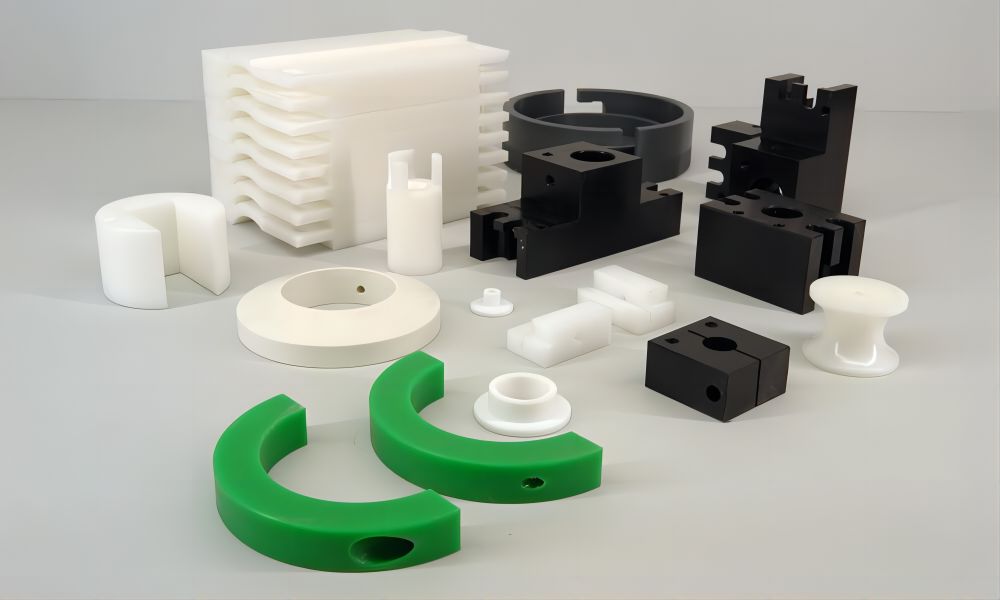
Applications and Industries
The choice between plastic and metal CNC machining ultimately hinges on the intended application and its specific demands. Each material boasts distinct strengths, attracting different industries and serving diverse purposes.
Plastic CNC Machining
Applications
- Prototyping: Rapidly iterate designs and test functionality with minimal investment.
- Low-volume production: Cost-effectively manufactures small batches of intricate parts.
- Functional components: Produce lightweight, corrosion-resistant components for medical devices, consumer electronics, and automotive interiors.
- Unique geometries: Achieve complex shapes and intricate details with relative ease.
Industries
- Medical: Biocompatible plastics create lightweight, sterilizable medical instruments and implants.
- Aerospace: High-performance plastics craft lightweight, fuel-efficient aircraft components.
- Consumer goods: Durable and aesthetically pleasing plastic parts enhance electronics, appliances, and toys.
Metal CNC Machining
Applications
- High-strength components: Manufacture structural parts for vehicles, machinery, and aerospace structures.
- Precision engineering: Achieve tight tolerances and superior surface finishes for critical components in electronics, medical devices, and scientific instruments.
- Wear-resistant parts: Produce durable tools and machine components for demanding industrial applications.
- Heat-resistant components: Fabricate parts for high-temperature environments in engines, turbines, and power generation equipment.
Industries
- Automotive: High-strength aluminum and steel components ensure safety and performance in vehicles.
- Aerospace: Precision-machined titanium and aluminum parts contribute to aircraft stability and fuel efficiency.
- Manufacturing: Robust metal tools and machine components facilitate efficient production processes.
- Electronics: Precise metal components create reliable electrical connections and heat dissipation solutions.
Cost Considerations
Cost considerations in CNC machining extend beyond material costs to machining expenses, tooling, and maintenance. Plastics generally come at a lower cost compared to metals, making plastic CNC machining an economical choice for certain applications, especially in prototyping and low-volume production.
However, the overall machining costs depend on various factors, including tool wear, machine time, and material removal rates. Metal CNC machining, despite higher material costs, can be cost-effective in high-volume production due to the efficiency of the process and the longevity of specialized cutting tools.
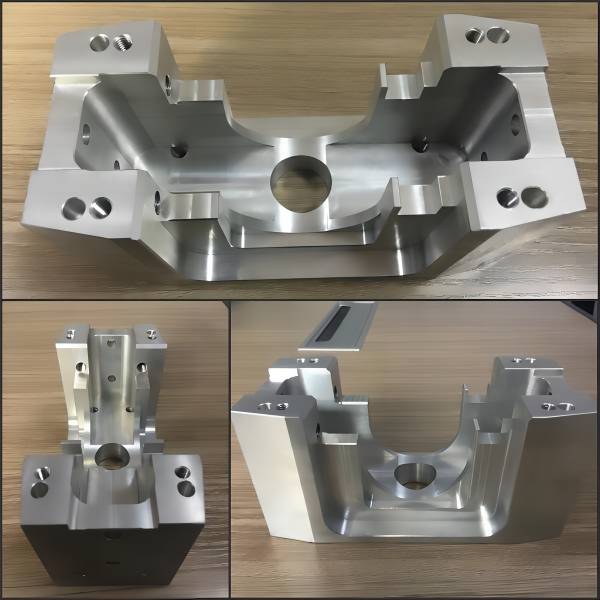
Conclusion
In conclusion, the differences between plastic CNC machining and metal CNC machining are nuanced and impactful. From material characteristics to tooling considerations and application-specific requirements, a thorough understanding of these distinctions is crucial for successful CNC machining operations.
As industries continue to evolve, so do the technologies and techniques in CNC machining. Future trends may see advancements in tool materials, coatings, and machining strategies to further optimize the efficiency of both plastic and metal CNC machining processes. Engineers, manufacturers, and designers must stay abreast of these developments to harness the full potential of CNC machining in their respective fields.

